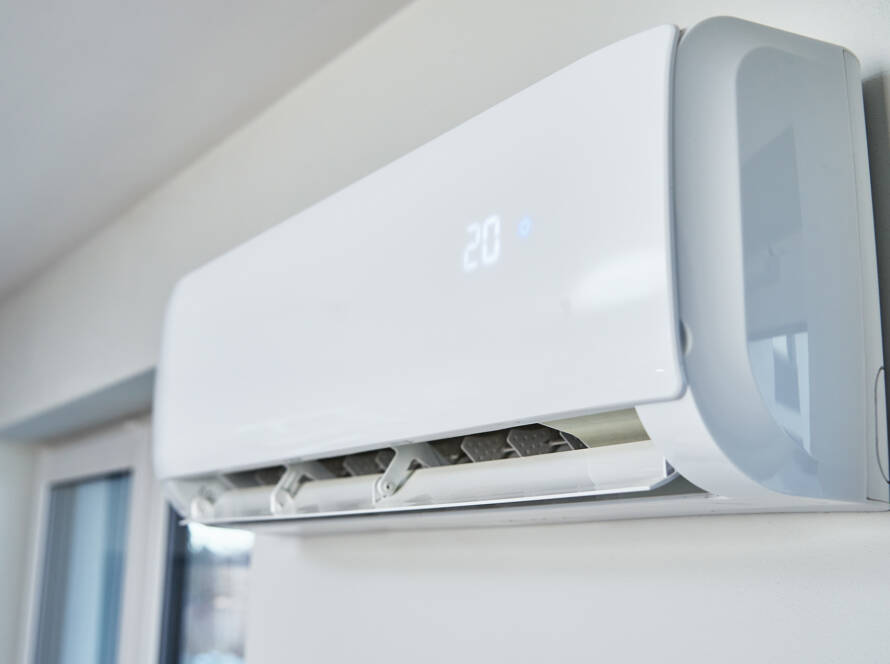Introduction
While it may have been around for a few years, the BC Energy Step code has only been implemented on a province wide level for less than a year, requiring designers, architects and builders working in the residential construction industry to familiarize themselves with a whole new set of targets and processes that may not have been previously required. From additional documentation attached to the building permit application process to on-site performance testing requirements, our experienced team at Shoreline Building Performance can help you navigate the transition, answer your questions and provide your team with the necessary resources to meet the new standards.
What is the BC Energy Step Code?
The BC Energy Step Code is a performance-based approach to meeting energy efficiency requirements for buildings first introduced in 2017 and provides a tiered path forward to achieve Net Zero Energy Ready buildings for all new construction by 2032. While the lower steps have been voluntary in many districts and municipalities, as of May 2023 Step 3 of the BC Energy Step Code has been required. Although a prescriptive backstop has been included in to allow compliance in regions without access to an energy advisor, much stricter minimum values must be met to comply with this route. The performance path has been noted to be much more cost effective in markets with access to an Energy Advisor.
Since the introduction of energy efficiency requirements in the BC Building Code in in 2008, designers, architects and builders have had the option to comply through meeting prescriptive levels of individual building components or using a performance-based approach through a combination of pre-construction energy modelling and on-site testing. Historically, most builders in British Columbia have elected to use the prescriptive path, as it did not require bringing in outside consultants to complete energy modelling. As the operational energy usage associated with buildings is increasingly put into the spotlight, builders require additional flexibility provided through a performance-based approach to meet the incoming energy efficiency requirements. Using energy modelling to evaluate the whole house performance through a variety of metrics related to the building envelope and mechanical systems, energy advisors can provide the guidance required to build the high-performance homes of the future. Through this collaboration home builders can optimize the building envelope and mechanical systems on their projects and identify where the greatest returns can be achieved. Step 3 requires buildings to be 20% more efficient than the National Building Code reference house, proven through a range of metrics and on-site testing, covered in more detail below.
Breaking Down the Metrics
The metrics measured by the BC Energy Step Code measures for Part 9 and Part 3 buildings, can be broken down into 3 major categories: airtightness, equipment and systems, and the building enclosure.
We’ll begin by looking at airtightness, as it is the simplest of the 3 metrics to explain. Airtightness simply measures the amount of uncontrolled leakage between the interior of the home and the exterior environment. Working with an energy advisor to conduct pre-drywall blower door testing and blower door directed air sealing can be a valuable exercise in learning the common leakage points, as well as diagnosing and correcting any major deficiencies early in the project to ensure targets are met. Once the home is complete, an as-built blower door test is required to comply with the BC Energy Step Code, and the final values will be input into the as-built energy model. While it is not the explicit goal of including airtightness targets in the code, an airtight home with proper ventilation contributes to good occupant health. By keeping harmful airborne pollutants outside the home and preventing many of the issues related to the movement of moisture laden air through the building envelope, good indoor air quality is a by-product of a well-designed high-performance home.
Moving on to the next portion of the metrics, equipment and systems have a significant impact on a home’s energy rating. Space heating and cooling are typically the largest single load in a home, followed by hot water heating. By choosing high-efficiency systems to meet these loads, designers, architects and builders can gain additional flexibility in other areas of the building’s performance.
The BC Energy Step Code provides 2 options to meet the equipment and systems requirements: percentage better than the Energuide Rating System (ERS) reference house or mechanical energy usage intensity (MEUI.) For Step 3, equipment and systems must use 20% less energy than the reference house, in order to comply with the percentage better than reference house metric, falling in line with goal of making the building 20% more efficient overall. The other option given, MEUI, is an intensity metric based on building energy use per square meter of floor area. MEUI targets may vary depending on the size of the building footprint, as well as cooling system requirements, to account for biases related to larger buildings or climates that require cooling systems.
Lastly, we’ll look at the building enclosure metrics. Like the equipment systems metrics, one compliance option relates to the enclosure performance as a percentage better than the reference house. The major difference between this metric and the equipment and systems metric is that all mechanical equipment and systems are set to match the reference house in the energy model, in order to isolate the enclosure performance, and remove any gains or losses associated with equipment and systems. Another option for complying with the enclosure performance metrics is thermal energy demand intensity, or TEDI. Like MEUI, TEDI considers the heat loss and gain through the exterior envelope, uncontrolled air leakage, solar heat gains and internal heat gains from occupants, heat recovery of ventilation air and internal gains associated with space and water heating equipment. Once again, TEDI is expressed as energy required per square meter of floor area. Understandably, studies have shown that TEDI metrics are more difficult to achieve in colder climates, due to the increase in heating degree days. To account for this, an adjusted TEDI metric may be used to comply, with the adjustment being calculated from the heating degree days for the location.
Working with an Energy Advisor
Reading through all the above noted metrics and compliance options, you may be wondering how to make sure you get it right on your next project. Working with our experienced team of Registered Energy Advisors, you’ll have an invaluable partner in understanding the metrics, and the available compliance options that best suit your project. At Shoreline Building Performance, our team of Advisors has extensive field experience on the tools and work hand in hand with builders to provide cost-effective, creative solutions with a focus on constructability.
Bringing on an energy advisor can begin at the design stage for more complex projects, but often begins with evaluating a set of pre-permit drawings, to provide the pre-construction compliance report. The advisor will create an energy model based off the plans and proposed mechanical equipment and systems, to ensure the proposed design complies with the proposed step. Once verified, the builder is required to submit a copy of the pre-construction compliance report with the permit application to the authority having jurisdiction. Assuming no revisions are required, Shoreline Building Performance guarantees a 72-hour turnaround on pre-construction compliance reports from the time of confirming the project.
While not required, a mid-construction blower door test is often recommended, to address any major deficiencies before drywall is installed, providing peace of mind that the structure will meet the air tightness requirement during the as-built site testing.
The final part of the process involves a site visit to verify the final structure matches the proposed drawings, and any modifications are accounted for in the energy model, and do not affect compliance. At this point the final blower door test results will also be completed and entered into the energy model. Once the data collection has been completed, the energy model will be updated and an as-built compliance report and Energuide label will be issued for the home.
Conclusion
The introduction of Step 3 of the BC Energy Step Code marks a turning point for Canadian residential building codes from the traditional prescriptive approach, to performance-based standards. As the first provincial code to make this transition, British Columbia is leading the way in creating the energy-efficient housing of the future. A good relationship with a Registered Energy Advisor is crucial to knowing that not only performance targets will be met, but that the systems have been optimized to perform as a system. The team at Shoreline Building Performance is also well versed in current government or utility incentives and rebates that may apply to your project. We are proud to service all major markets in British Columbia and look forward to working together on your next project.



